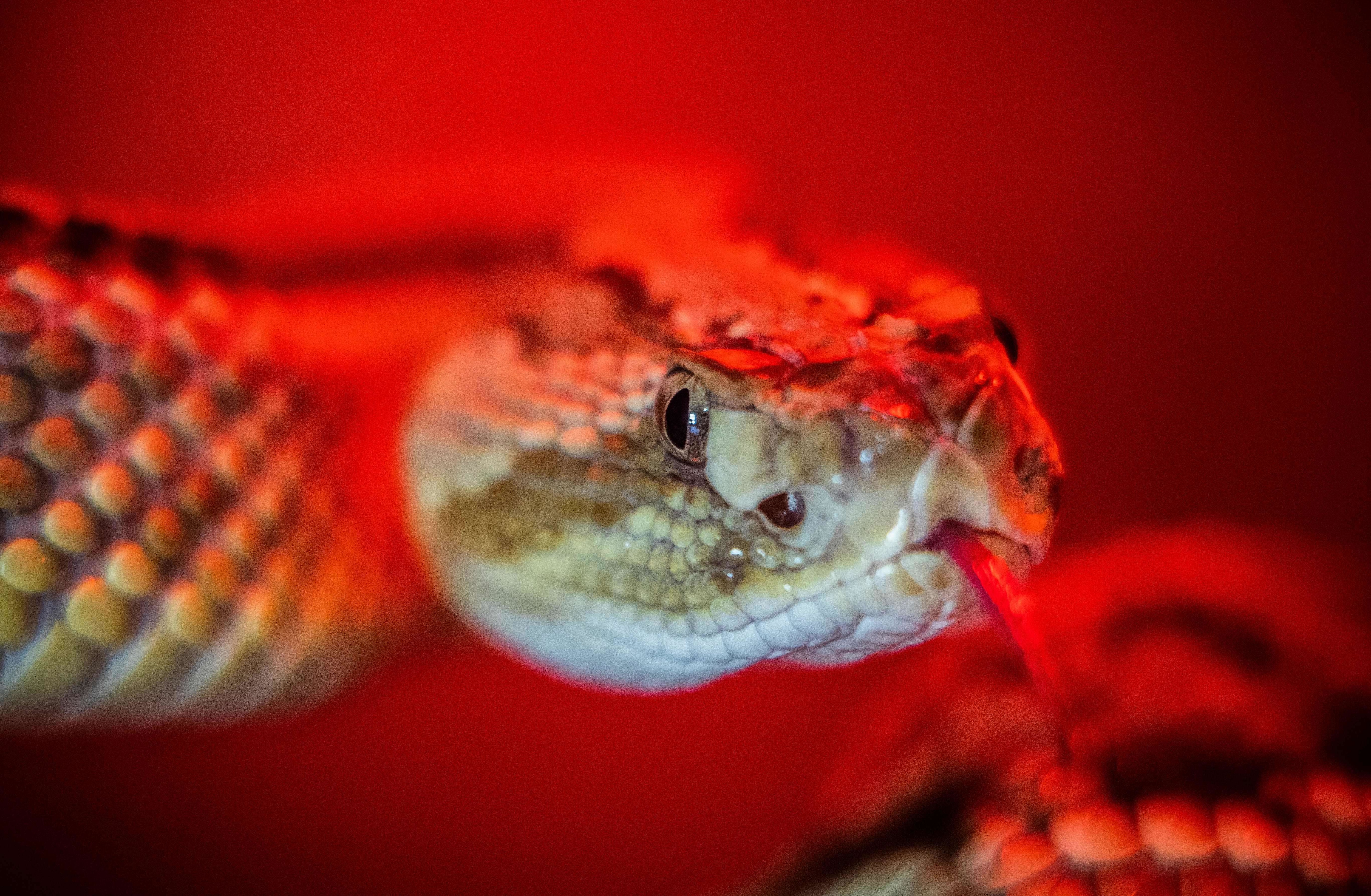Create a free profile to get unlimited access to exclusive videos, sweepstakes, and more!
Snakes sssslithered out of the destruction dinosaurs couldn’t survive

If most dinosaurs, enormous as they were, perished in the aftermath of the Chicxulub asteroid, it seems there wasn’t much hope for anything else—but snakes eventually thrived.
Sssssurvival was not easy on a planet that suffered (among other things) volcanic outbursts and a nuclear winter from all the ash in the sky blocking out sunlight. Many snake species were lost. Cretaceous snakes that had once writhed at the feet of beasts such as T. rex went extinct, and enough others are thought to have been wiped out. However, those few that managed to slither through it all ended up being the ancestors of all snakes that now exist.
Evolutionary researcher Nick Longrich of the University of Bath recently co-authored a study in Nature on how these creepy but highly adaptive species must have succeeded after such a devastating mass extinction. How did they get away with not only staying alive, but hanging around long enough to diversify into different species when so many life-forms were dying? They were cunning as a Slytherin and knew what they could get away with.
“Some may have been able to wait out the worst of the impact,” Longrich told SYFY WIRE. “The feeding strategy of carnivorous snakes works well for them, as does being cold-blooded. They just need to get a frog, lizard, or mammal every few months, then retreat below ground. Most snakes can go about 6 months to 2 years without food.”
There were many other advantages snakes had during a time when Earth was mostly inhospitable. Their long, slender bodies allowed them to burrow underground easily during hostile weather, whether temperatures shot up to levels that would have fried the reptiles above ground or plummeted far down enough to freeze them. Blasts of heat or frost wouldn't have affected subterranean species. They would feed on detrivores like termites, which eat dead wood and plant matter, so an absence of photosynthesis didn’t affect them or the snakes.
So many plants and trees dying off meant that there would always be hordes of detrivores for snakes that spent heir entire lives underground. Those that emerged from their burrows would find that there were few predators chasing the prey they craved after dinosaurs were annihilated. Snakes are also mostly nocturnal, which helped when the sky was blackened with smoke and ash. That wouldn’t have bothered an animal that was able to seek out food using its hypersensitive sense of smell and chemosensitive tongue without needing to rely on its vision.
Never mind that some smaller and juvenile dinosaurs competed with snakes for food, and others preyed on snakes, and that was problem eliminated. The snakes no longer had to worry about a pair of toothy jaws snapping them up out of nowhere. They could eat—and evolve.
“Snakes are interesting because vaguely snake-like lizards evolved multiple times, but never became really successful,” said Longrich. The big difference is that they seem to have combined this elongated body with the ability to feed on large prey, by having incredibly flexible jaws, and then they lost their sternum, so the ribs could spread apart.”
With so much space and so many potential places to hide, snakes evolved by what Longrich calls “creative destruction”. After older species vanished, they left huge gaps in the ecosystem that snakes were all too eager to exploit, which is how the precursors of extant snakes diversified and ended up everywhere, from land to trees to water. Getting dinosaurs out of the way meant that snakes could find places to live where survival would have never been possible before. This explains why there has always been a burst of biodiversity after mass extinctions.
While it helped that snakes had a body plan that could adapt to almost anything, Longrich thinks their success did involve impeccable timing. The gaping niches left by the dinosaurs were filled in every sort of environment. There were no juvenile tyrannosaurs to grab a bite on land, nothing especially vicious climbing trees (though the avian dinosaurs that survived may have swooped in for a snake once in a while), and the seas were no longer treacherous with mosasaurs.
“Snakes were sort of in the right place, at the right time,” he said. “I think evolution is probably less about one key innovation than a suite of key innovations; you need to get a whole series of useful adaptations together, and once you do, the lineage becomes very adaptable."


























